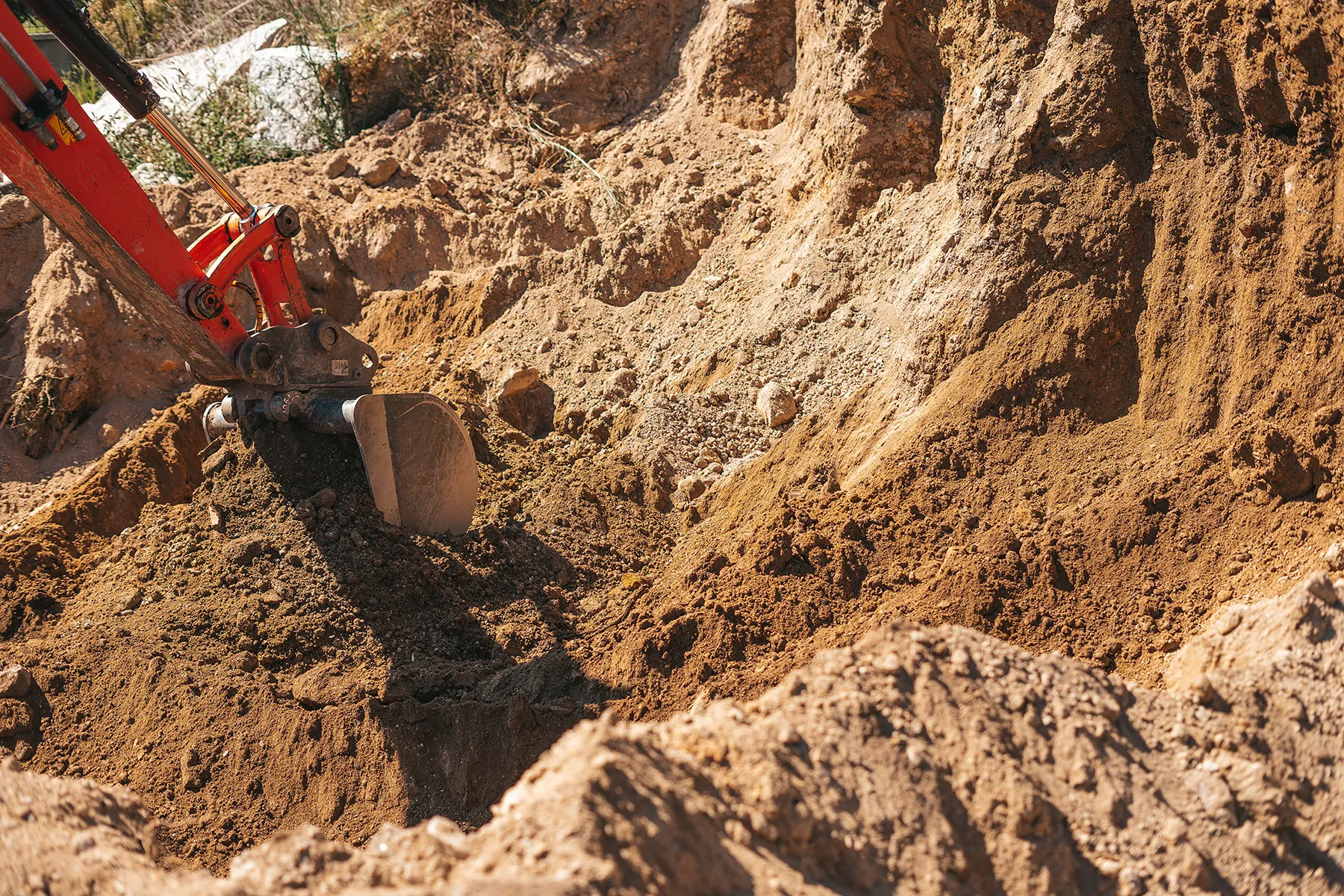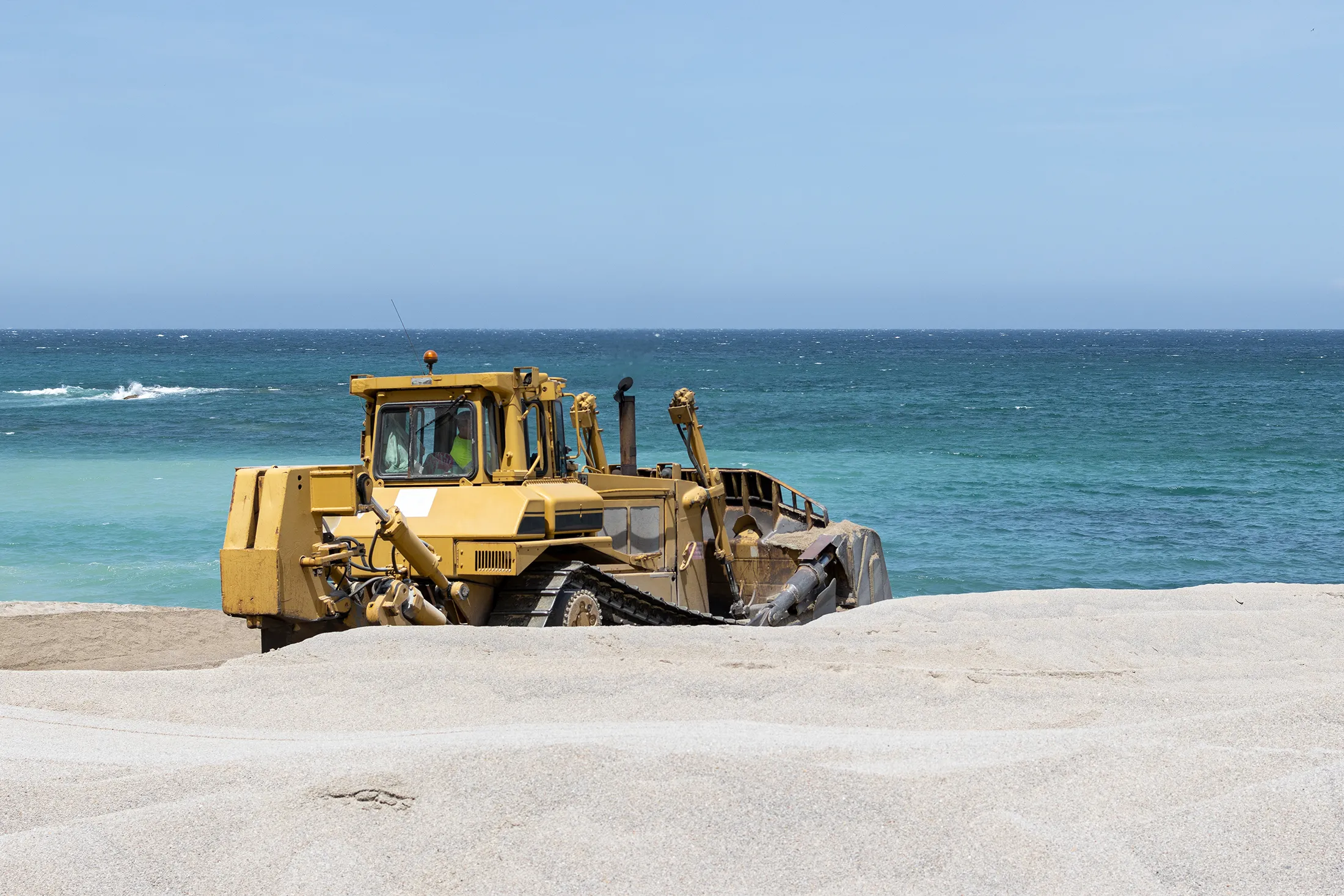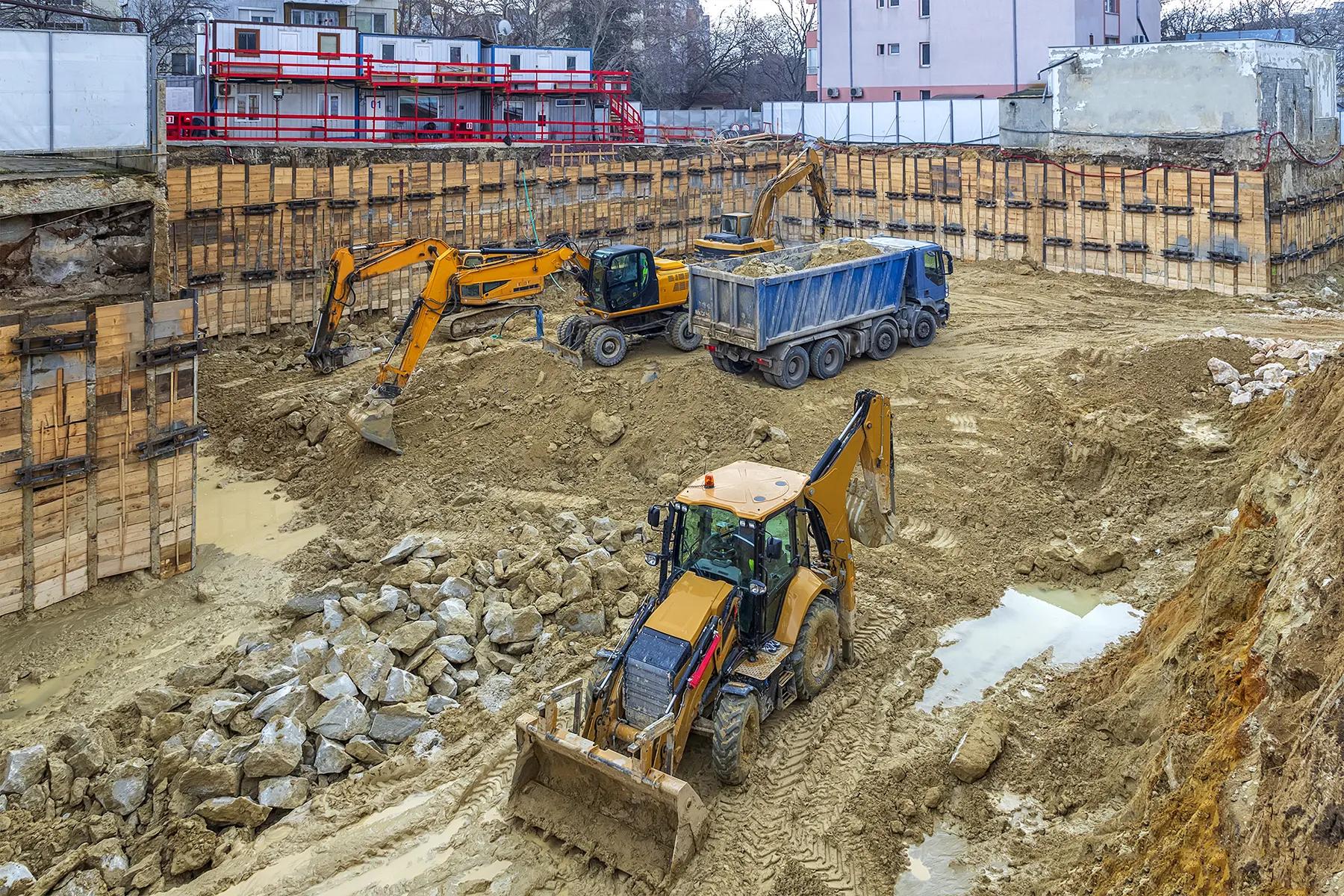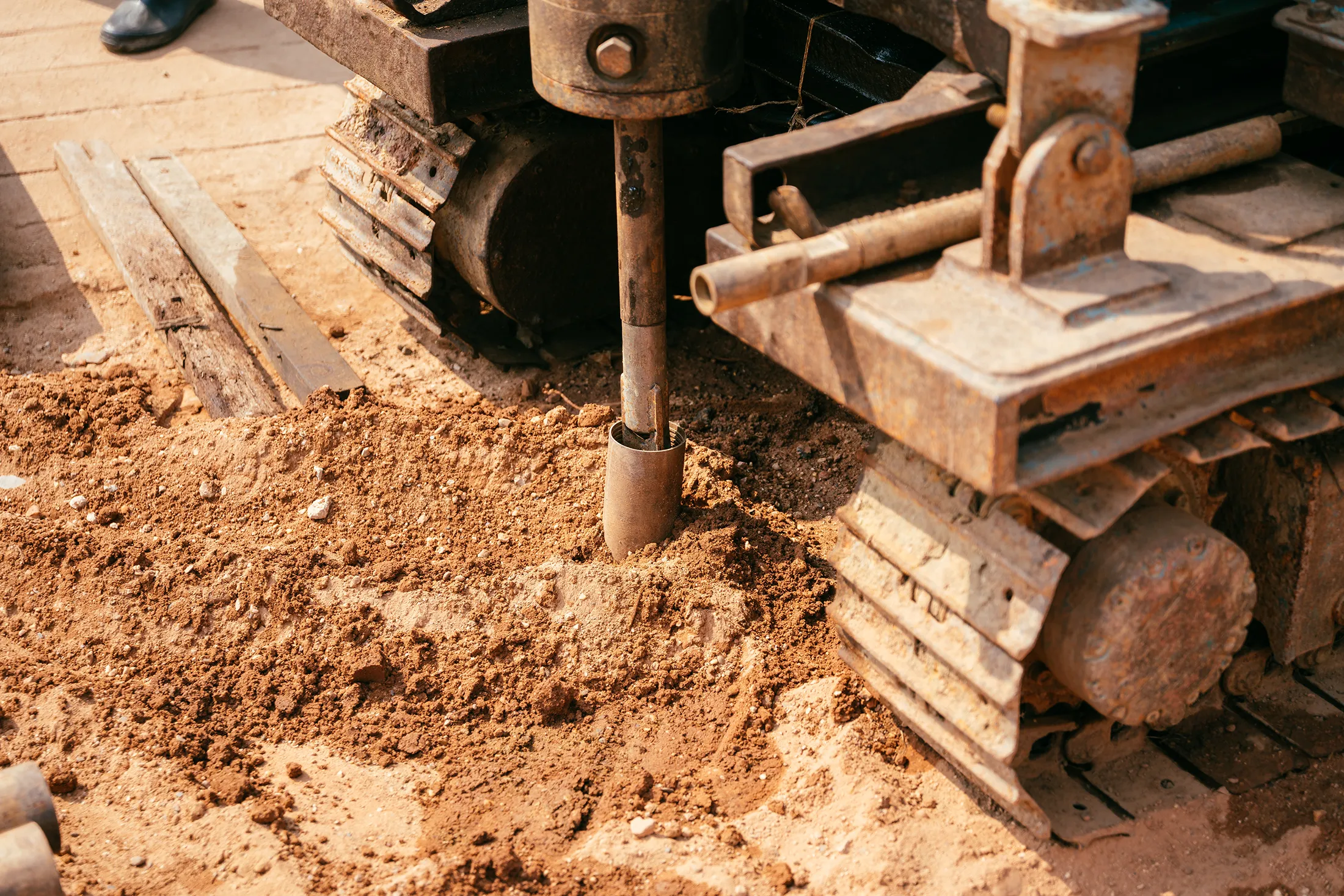
Dynamic Compaction Techniques for Different Soil Types: Clay vs. Sand Explained
Introduction
Dynamic compaction is one of the most versatile and cost-effective ground improvement methods available today, but its success depends heavily on understanding the soil you are working with. Not all soils respond the same way to impact energy, and two of the most common types found on construction sites (clay and sand) require different approaches for optimal results.
In this blog, we will break down how dynamic compaction is adapted for these two soil types, what makes each approach unique, and why having an experienced contractor like Densification Inc. is essential for achieving the best results. Whether your site is a redevelopment project with variable soils or a large-scale infrastructure build, tailoring the process to the ground conditions is the key to long-term foundation performance.
Understanding Dynamic Compaction
Dynamic compaction involves dropping a heavy weight from a significant height onto the ground in a controlled grid pattern. This impact energy rearranges soil particles, reduces voids, and increases density, leading to improved load-bearing capacity and reduced settlement potential.
The process can be adapted to various soil types, but the amount of energy, drop height, grid spacing, and number of passes must be adjusted to suit the specific site conditions. The two most common soil types, sand and clay, each require a different strategy.
Dynamic Compaction for Sandy Soils
Sandy soils are typically free-draining and respond well to high-energy compaction. They allow impact energy to penetrate deeply, resulting in significant densification and improved foundation performance.
Key considerations for sandy soils:
- Higher Drop Heights and Energies: Sand transmits energy efficiently, allowing deeper compaction zones.
- Larger Grid Spacing: Sand densifies more uniformly, so wider drop patterns can still achieve effective results.
- Multiple Passes for Uniformity: Even in sand, multiple passes help ensure consistent density across the site.
- Effective for Loose Fills: Particularly beneficial in reclaimed land or loose granular deposits.
Dynamic Compaction for Clay Soils
Clay soils present more challenges because they are cohesive and less permeable, which limits how impact energy is transmitted. This means the approach must be more controlled to avoid surface damage and excessive pore water pressure.
Key considerations for clay soils:
- Lower Drop Heights and Controlled Energy: Prevents overstressing the soil and creating instability.
- Closer Grid Spacing: Ensures the impact energy covers the area effectively.
- Moisture Content Management: The effectiveness of compaction in clay is highly influenced by moisture levels.
- Longer Rest Periods Between Passes: Allows pore pressures to dissipate and maintains soil stability.
Working with Mixed or Variable Soil Profiles
Many sites do not consist of purely sand or clay. Transitional layers or fill materials require a blended approach. This is where pre-project geotechnical investigations and real-time adjustments during compaction become critical.
In mixed soils:
- Testing and Calibration: Adjust energy and grid spacing based on field test results.
- Layer-Specific Adjustments: Apply different compaction intensities for varying depths or zones.
- Post-Improvement Testing: Use Cone Penetration Testing (CPT) or Standard Penetration Testing (SPT) to verify results.
Monitoring and Verification for Long-Term Success
Regardless of soil type, continuous monitoring during and after the dynamic compaction process is essential for quality assurance.
Key verification steps:
- Vibration Monitoring: Ensure nearby structures are not adversely affected.
- Topographic Surveys: Measure settlement after each pass.
- Post-Improvement Testing: Confirm that target density and strength have been achieved.
Conclusion: Building Success on Any Soil
Whether you are working with free-draining sands or cohesive clays, the key to successful dynamic compaction lies in adapting the technique to the specific soil conditions. Sandy soils can achieve deep, uniform densification with higher energy drops, while clay soils require controlled energy and careful moisture management to avoid surface damage and achieve lasting results. In mixed or variable soil sites, a customized approach backed by detailed geotechnical data is essential to maximize performance.
The takeaway is clear: dynamic compaction is not a one-size-fits-all process. When executed by an experienced contractor like Densification Inc., it becomes a targeted, highly effective ground improvement strategy that delivers reliable foundation performance across diverse soil types.
If you are planning a project that demands stable, high-performing soils, let us help you design and execute a dynamic compaction program tailored to your site’s exact needs.
Contact Densification today to discuss your site conditions, review testing data, and develop a ground improvement plan that ensures your project starts on the strongest foundation possible. Let’s build on solid ground together.











